Quite often, I'm being asked to provide an option for cascading drop-down lists that also filter based on the selections made by the user on the previous drop-down list. A few examples when this could be asked are filtering countries based on region selected, filtering schools based on district, filtering departments based on divisions, filtering parts based on model vehicle, and many more. I'm going to give an example for region and country. You can replace this with any other options that fit your needs. You are going to need the following: - 2 custom lists (one of the region and another one for the country) - Document library or list that will use the 2 custom lists mentioned in the bullet above - Document library where to save your code to - jQuery (you can download it from here: http://docs.jquery.com/Downloading_jQuery) - SPSServices jQuery (you can download it from here: http://spservices.codeplex.com/releases) I managed to make it work using jquery-1.8.1.min and jquery.SPServices-0.7.1a.min. You may want to try other versions if it doesn't work for you. Sometimes it's a bit of trial and error, like with many SharePoint things. 1. Download the two files and upload them to a document library in SharePoint of your choice and to which you have permissions over in the site; 2. Create the first custom list. In the example, I'm going to name it lookupRegion. Then I'm going to modify some settings, such as removing the ability to attach files, as well as adding a description ("This is the region name") and enforcing unique values for the Title column. Then I'm going to add a few values in there: 3. Create the second custom list. In the example, I'm going to name it lookupCountry. Then I'm going to remove the ability of attaching files (in the list settings) and then I'm goint to make some changes to the Title column, as well as create a second column, as follows,
Title: Add a description ("This is the country name") and enforce unique values;
Region: Create a region column; this column is a lookup column to the Title field in the lookupRegion custom list and it is a required column (you want to make sure that a region is provided).
4. Add a few values in this list: 5. I will now create a Regional Files document library (you can create a list if not) and I will create one column named Region (lookup column to the lookupRegion list Title column) and another column named Country (lookup to the lookupCountry Title column.) 6. Using Notepad, create a file and type in the following:
<script language="javascript" src=" /URL_to_your_code_location_on_your_SharePoint_site/jquery-1.8.1.min.js"></script>
<script language="javascript" src=" /URL_to_your_code_location_on_your_SharePoint_site/jquery.SPServices-0.7.1a.min.js"></script>
<script language="javascript" >
$(document).ready(function() {
$().SPServices.SPCascadeDropdowns({
relationshipList: "lookupCountry",
relationshipListParentColumn: "Region",
relationshipListChildColumn: "Title",
parentColumn: "Region",
childColumn: "Country",
debug: true
});
});
</script>
Note: Replace the text in blue above with the URL to the location of your files on your SharePoint site. I prefer to use absolute URLs.
7. Save the file under the name of cascadingdropdown.js (this is very important).
8. Upload this file to the same library where you saved your other jQuery files, or to any other library of your choice.
9. Go back to the Regional Files document library and select Default Edit Form from the Form Web Parts icon in the Customize Library section of the ribbon. 10. Insert a Content Editor Web Part to the page. Edit the web part, give it a meaningful name, remove the chrome, and select hidden in the Layout section. Then reference to the cascadingdropdown.js file (in the Content Link section of the tool pane.) Apply your changes and save ([OK]) the web part. Save and close the page.
11. Upload a file and see if it works. The image below shows that it works for me. Some last explanations about the parameters used:
relationshipList: This is the name of the list where we have kept the relationship (in our example, lookupCountry);
relationshipListParentColumn: This is the parent column (Region) in the relationship list (lookupCountry);
relationshipListChildColumn: This is the child column (Title) in the relationship list (lookupCountry);
parentColumn: This is the parent column (Region) in the library (or list) where we want to implement this (Regional Files);
childColumn: This is the child column (Country) in the library (or list) where we want to implement this (Regional Files).
Yes, I know: This has nothing to do with SharePoint. However, I lately had to help a few managers who couldn't figure out how to share their calendars after the Exchange administrator had made some switches and changes to the server settings. So I decided to post an entry in here, as well.
If your team members cannot see the activities, meetings, and events on your Outlook calendar, it may be because your calendar permissions do not allow it. The steps below explain how to share your Outlook calendar without having to send an invitation out to every person, team, or individual you would like to be able to see your calendar. In this way, other team members or anybody within the organization with Outlook access an check your availability, what meetings you have planned for any given day, where, with whom, etc.
The sample image (in green) to the left shows an example of an Outlook calendar that is not being shared. The sample image (in pink) to the right shows an example of an Outlook calendar that is being shared. (The names and other information has been crossed out in black.) Step-by-Step Instructions (for Outlook 2010)
1. Access your Outlook calendar;
2. Select Calendar Permissions within the Share group on the Outlook ribbon; 3. In the Calendar Permissions dialog box that displays, select Reviewer (default) permission level, Full Details within the Read section, and then select [OK] to save and submit. And voilá! You have shared your calendar items with the rest of your organization. Note: If you would like to hide details for certain appointments (in other words, you don't mind showing blocked time, but you are not necessarily interested in sharing the details regarding location, subject, attendees, or body), you will still need to tag the appointment or meeting as private (select the Private icon within the Tags section of the ribbon in the Appointment; see image below).
I frequently receive requests for displaying contents of a list in an A-Z index of sorts where items also need to be grouped by the first character in their title or name or some other value. I know there are different ways of solving this. This post provides a "crude" way of satisfying this request using Calculated columns. Let's say that the Title column is the one that needs to be sorted alphabetically. I then create a calculated column (for our example, we're going to name it IndexCode) and I use the formula: code([Title])This returns the code for the first character in the string contained in the Title column. In some cases, that's all I need. However, since this formula returns a numeric value (65 for A, 66 for B, 67 for C, and so forth), it might not be useful when you need to display it on a page. So my next step is to convert that number back to a character. For this, I created yet another calculated column (continuing with our example, we're going to call Index) and this time I use the following formula: char([IndexCode])
This formula returns the character specified by the code number in the IndexCode column (A for 65, B for 66, C for 67, etc.). Now I can use this one in, for example, Content Query Web Parts for grouping my items. Lastly, users may not care for typing things in upper case. If this is something you may want to use for your index, you may want to use the upper([ColumnName]) formula. For more formulas that you can use in SharePoint, you may want to visit this other web site.
The table below provides some shortcuts you can use in SharePoint 2010. Dedicated to those who do not like using the mouse or trackball. Enjoy!
| SharePoint Shortcuts | | Site Navigation | | Navigate forward/backward through selectable items | <TAB>/<SHIFT>+<TAB> | | Tip: The TAB key also works when selecting items on the ribbon. Press <Enter> to select. | | Display all site content | <ALT>+<3>,<Enter> | | Open [Site Actions] menu | <Alt>+</>,<Enter> | | Place cursor in Search box | <Alt>+<S>,<Enter> | | Go to Home page | <Alt>+<1>,<Enter> | | Open Help | <Alt>+<6>,<Enter> | | Expand selected drop-down menu | <Alt>+<↓> | | Cancel changes in a dialog box | <Alt>+<C> | | Save changes and close dialog box | <Alt>+<O> | | Select the Skip to main content menu | <Alt>+<X> | | Content Navigation | | Move cursor to the right | <→> | | Move cursor to the left | <←> | | Move cursor up one line | <↑> | | Move cursor down one line | <↓> | | Move cursor forward one word | <Ctrl>+<→> | | Move cursor back one word | <Ctrl>+<→> | | Move cursor to the start of a line | <Home> | | Move cursor to the end of a line | <End> | | Move cursor up one paragraph | <Ctrl>+<↑> | | Move cursor down one paragraph | <Ctrl>+<↓> | | Move cursor up one page | <Page Up> | | Move cursor down one page | <Page Down> | | Move cursor to beginning of content | <Ctrl>+<Home> | | Move cursor to end of content | <Ctrl>+<End> | | Content Editing | | Choose text font | <Ctrl>+<Shift>+<F> | | Create numbered list item | <Ctrl>+<Shift>+<E> | | Create bulleted list item | <Ctrl>+<Shift>+<L> | | Increase indent | <Ctrl>+<M> | | Decrease indent | <Ctrl>+<Shift>+<M> | | Align left | <Ctrl>+<L> | | Align center | <Ctrl>+<E> | | Align right | <Ctrl>+<R> | | Clear all formatting | <Ctrl>+<Space> | | Surveys | | Respond to selected survey | <ALT>+<N>,<Enter> | | Display all received survey responses | <ALT>+<U>,<Enter> | | Display a graphical summary of survey responses | <ALT>+<R>,<Enter> | | Save and Close in a form for editing responses | <ALT>+<S> | | Open the Survey Settings menu | <ALT>+<I> | | Navigate to the next survey page | <ALT>+<N> | | Calendar View | | Press <Alt>+</> to go to the Site Actions menu and then use <Tab> or <Shift>+<Tab> to navigate between items on the calendar. | | Web Parts | | Navigate to the next Web Part | <ALT>+<W> | | Open a Web Part | <Enter> | | Open a Web Part menu (with the Web Part selected) | <Tab>,<Enter> | | Save changes to a Web Part | <Alt>+<Y> | | Save changes and close the editing pane | <Alt>+<O> | | Cancel changes and close the editing pane | <Alt>+<C> |
One request we frequently receive is to allow to colour events in a Calendar list for easier finding and viewing. Path to SharePoint offers a script that you may want to check. And that's basically what I did; didn't feel like reinventing the wheel. So go here and follow the instructions. If you have any questions about the original site, contact Christophe@PathToSharePoint.com But before you start, make sure you have the following: - Calendar list ready to be used - A choice column of your preference, which will be use to categorize the events on your Calendar list - A displayed column already designated (for example, Title) - A separate Colour column (calculated value) - Another calculated value column (for example, ColouredEvent) Follow the instructions on that site and you should be all set. If you have any doubts, I can assure you we were able to successfully implement this solution on SharePoint 2010. It might get a little bit tricky when you have to create the view that will display the colour-coded events. If you don't pick the right columns, it won't work. Find below a sample image of how the Calendar view should be set up. The final thing you will need is to reference the script from the page where you are displaying the coloured view of the Calendar list. To do so, upload the script to a document library, go back to the page where your calendar view displays, edit it to insert a Content Editor Web Part (CEWP), and reference the script file from the CEWP). Save and publish the page. It should work.
One request we frequently receive is to display fly-out menus, the Top Nav in place of the Quick Launch, or both. I recently found a way to completely move the Top Nav to display where the Quick Launch would normally display and hide the Quick Launch at the same time. This is what I did.
1. Make a copy of the v4.master master page, check it out, rename it, and open it to edit it;
2. Assuming you have still not made any changes to your copy of the v4.master content, go to line 377. 3. I like inserting notes for future reference. So in this particular case, I'm going to insert a comment in between lines 377 and 378, as follows,
3. Once again we're going to assume you have still not made any further changes to your copy of the master page. Scroll back up and go to line 340. Select lines 340 through 368 and move this to where you inserted your comment for the Top Nav's new location. 4. Now you need to change the Top Nav orientation from horizontal to vertical. In the sample image below, this is done at line 362. Change the default setting where it says Orientation="Horizontal" to Vertical. You can also make adjustments to the static and dynamic display levels and maximum based on your site needs.
5. We also need to hide the Quick Launch so it only displays the Top Nav. To do this, scroll back to the top of your copy of the master page and locate the closing </head>. Once again we'll assume you have not made any other changes that the ones included in this blog post. Therefore, the closing </head> tag should be located at line 35. Insert a line or two between lines 34 and 35 and type in the following, <!-- BEGIN ADDED LINES TO HIDE QUICK LAUNCH --> <style type="text/css">
#s4-leftpanel-content
{
display:none;
}
</style>
<!-- END ADDED LINES TO HIDE QUICK LAUNCH -->
6. Save, check in, publish, and approve the page. Note: If you need to further customize the site for other colours than the ones used by the SharePoint theme applied to the site, you will need to further modify your copy of the master page to register your external CSS file and make a copy of the corev4.css CSS file where you can made your customizations. To learn how to register your external CSS file on your master page, visit my blog post here. For a clean copy of the corev4.css file, visit my Useful Files section. Hint: The following is a list of the main CSS classes that control the look and feel for the Top Nav: - .s4-tn - .s4-tn ul.static - .s4-tn li.static > .menu-item - .s4-tn u.dynamic - .s4-tn li.dynamic > .menu-item - .s4-tn li.dynamic > a:hover - .s4-tn li.static > a:hover - .s4-toplinks .s4-tn a.selected - .s4-toplinks .s4-tn a.selected:hover
It is not unusual that customers will ask for list filters to be created. While many users who are used to SharePoint would probably use the column headers to filter, not all users are SharePoint savvy and that's how I get those requests.
This solution will show how to create an alternative for those cases when customers want something looking more like a regular Web page and not like a SharePoint list.
The elements I usually use for this solution are:
- Filters (Blank Web Part) page
- Custom list with the information to be filtered
- HTML Form Web Parts, one per needed filter
- HTML custom code
- Data Connections
Step 1 - Create Custom List
For the sake of time, I'm going to assume you have your custom list already created, including views and everything else. In my example, I'm going to be using a very simple list that tracks people on duty for three available shifts (morning, afternoon, and evening).
Step 2 - Create Filters Blank Web Part Page
In SharePoint, go to the Pages library and create a Blank Web Part Page and name it Filters or anything else that might better suit your needs.
Step 3 - Add HTML Form and List Web Parts to the Filters Page
Edit the Filters page and add one HTML Form web part for each filter you are going to be needing plust the Clear All Filters button within the web part zone or zones of your choice. Add the custom list view web part somewhere on the page, as well. And don't forget to edit the list web part to apply the list view of your choice.
I don't like the web part chromes, or their titles. So I usually remove all those settings and I add Content Editor Web Parts right above or next to the HTML Form Web Parts to include meaningful text for my users and I format the text to my needs. So feel free to do so, as well.
Step 4.a - Provide Appropriate HTML Code - Clear All Filters
Edit the HTML Form Web Part that will be acting as the Clear All Filters button.
Select [Source Editor...] at the Form Content Editor section of the web part tool pane. This is how the code usually looks:
<div onkeydown="javascript:if (event.keyCode == 13) _SFSUBMIT_"><input name="T1"/><input value="Go" onclick="javascript:_SFSUBMIT_"/></div>
One comment about this code. I don't know in your experience, but in mine, many users do not really understand what 'Go' means. So for this reason, I always prefer to change that to either Clear All Filters, or Apply Filter depending on my situation. So in this case, it is going to be renamed to Clear All Filters. And I also modified the rest of the code to look like this:
<div style="text-align: left">
<input onclick="location.href='https://SiteURL/Pages/Filters.aspx'" value="Clear All Filters"/>
</div>
(Note: If the code above gives you trouble, see the note added on August 2012 at the bottom of this post)
If you would prefer a different alignment, replace left with either right, or center. Replace SiteURL in the code above to the full path to your Filters page. Save the web part. This code will simply "refresh" the page to make it look like the list has been cleared of all filters when selected (clicked).
Step 4.b - Provide Appropriate HTML Code - By Person
Edit the HTML Form Web Part that will be acting as the first of your filters; in our example, the first filter will be used to filter the list based on person name. Select [Source Editor...] at the Form Content Editor section of the web part tool pane and replace the code with the following,
<left>
<div onkeydown="javascript:if (event.keyCode == 13) _SFSUBMIT_">
<select name="Title">
<option value=""></option>
<option value="Anne">Anne</option>
<option value="Jane">Jane</option>
<option value="Mary">Mary</option>
<option value="Susan">Susan</option>
<option value="Tim">Tim</option>
</select>
<input type="button" value="Apply Filter" onclick="javascript:_SFSUBMIT_"/></div>
</left>
If you would prefer a different alignment, replace left with either right, or center.
Since I used the Title column to save the names on my list, this is the value I input where it reads select name, even when I renamed that column to Name. It is important to point out that the code will only work with the internal name of the column.
The first option value remains with no option for when nothing has been selected, yet. Replace the rest of the values and add or remove lines to matching your needs.
Save the web part.
Step 4.c - Provide Appropriate HTML Code - By Shift
Repeat all the steps in section 4.b and replace the code with the following,
<left>
<div onkeydown="javascript:if (event.keyCode == 13) _SFSUBMIT_">
<select name="Title">
<option value=""></option>
<option value="Morning">Morning</option>
<option value="Afternoon">Afternoon</option>
<option value="Evening">Evening</option>
</select>
<input value="Apply Filter" onclick="javascript:_SFSUBMIT_"/></div>
</left>
Make changes as appropriate to match your needs and save the web part.
Step 5 - Establish the Data Connections
This is where people may differ on how to proceed. Some people use SharePoint Designer to establish the data connections. However, for simple data connections like the ones in this example, you may establish them within SharePoint itself. And that's what I'm going to explain in the next lines.
Edit the first HTML Form Web Part (By Person). Select Connections > Provide Form Values To > Daily Schedule (or the name of your list).
SharePoint displays the Choose Connection web page dialog. In the 1. Choose Connection tab, select Get Filter Values From at the Connection Type drop-down list and then select [Configure].
SharePoint switches to the 2. Configure Connection tab. Select the Provider Field Name (for our example, that would be Title) and the Consumer Field Name (For our example, Name) from the respective drop-down lists and then select [Finish].
Edit the second HTML Form Web Part (By Shift). Select Connections > Provide Form Values To > Daily Schedule (or the name of your list).
SharePoint displays the Choose Connection web page dialog. In the 1. Choose Connection tab, select Get Filter Values From at the Connection Type drop-down list and then select [Configure].
SharePoint switches to the 2. Configure Connection tab. Select the Provider Field Name (for our example, that would be Title) and the Consumer Field Name (For our example, On Duty) from the respective drop-down lists and then select [Finish]
Save the page. Test the filter buttons. If everything looks satisfactory, check the page in (and publish it if publishing is turned on for your site).
This is how my page looks like now:
If I apply the By Person filter for 'Anne,' this is how it looks:
And this is how it looks if I apply both By Person = Anne and By Shift = Morning.
Note: When teaching your site users how to apply these filters, you will need to point out that they will need to select [Apply Filter] for all the filters they would like to apply, one at a time.
UPDATED January 2013: I had some problems reusing the code for the Clear All Filters button at a different customer. I had to swap some things around and this is the resulting code, which you can try if you are experiencing problems, as well:
<div onkeydown="javascript:if (event.keyCode == 13) _SFSUBMIT_"><input type="button" value="Clear All Filters" onclick="location.href='https://SiteURL/Pages/Filters.aspx'"/></div>
Bonus: Code for ABC Filter
<div onkeydown="javascript:if (event.keyCode == 13) _SFSUBMIT_">
<select name="IndexChar">
<option value=""></option>
<option value="A">A</option>
<option value="B">B</option>
<option value="C">C</option>
<option value="D">D</option>
<option value="E">E</option>
<option value="F">F</option>
<option value="G">G</option>
<option value="H">H</option>
<option value="I">I</option>
<option value="J">J</option>
<option value="K">K</option>
<option value="L">L</option>
<option value="M">M</option>
<option value="N">N</option>
<option value="O">O</option>
<option value="P">P</option>
<option value="Q">Q</option>
<option value="R">R</option>
<option value="S">S</option>
<option value="T">T</option>
<option value="U">U</option>
<option value="V">V</option>
<option value="W">W</option>
<option value="X">X</option>
<option value="Y">Y</option>
<option value="Z">Z</option>
</select>
<input value="Apply Filter" onclick="javascript:_SFSUBMIT_"/></div>
</left>
"Hiding" would be a better way of describing what I'm about to say, since "Removing" will make SharePoint not render properly.
In other words, I do not recommend removing any Content Place Holders from SharePoint master pages. I recommend turning them off.
So let's say that you need to hide or remove the Search area from a SharePoint site.
Using SharePoint Designer, open your copy of the v4.master master page.
Locate the following piece of code:
If you have still never made changes to your copy of the v4.master master page, the lines of code I'm talking about go from line 330 to 337.
Tip: Using SharePoint Designer Split View, select the Search box in the lower Design frame and SharePoint will highlight the code in the upper Code frame.
Delete what you don't need. For most of my projects, I delete the entire <div>, starting with the <div id="s4-searcharea" class="s4-search s4-rp"> all to the closing </div> right after the </span>.
Go to the bottom of the Master Page in the Code view. Locate the following lines of code:
Insert a couple of lines right above the closing </form> tag and type the following:
<!-- Lines below added for unused Content Place Holders -->
<asp:panel visible="false" runat="server">
<asp:ContentPlaceHolder id="PlaceHolderSearchArea" runat="server" />
</asp:panel>
<!-- End added lines for unused Content Place Holders -->
Save, check in, and publish your master page. Go to the browser and test to see how it looks.
I sometimes receive a request from my customers to completely remove the first tab from the Top Nav.
SharePoint 2010 uses UL's and LI's for its navigation and this makes it a little bit harder to hide just one element. However, it is possible to do by modifying some settings of one of the CSS classes that handles the Top Nav.
To do so, open your copy of Microsoft's corev4.css file, locate the .s4-tn li.static class and set it to this:
.s4-tn li.static > a
{
display: none !important;
{
.s4-tn li.static > ul a
{
display: block !important;
}
Don't forget to check in (and publish, if appliable) your CSS file, then go to the browser and test it.
The solution presented here is an alternative to the Rollover Buttons Using CSS (Two Images Per Button) solution. For this solution I use: - One image per button needed - CSS - Content Editor Web Part I also like to refer to this solution as the "stacked image" solution. Step 1 - Create The Necessary Rollover Button Images
Use the imaging tool of your preference, such as Photoshop or Fireworks, to create an image for every button you will be needing for your particular case. You cann also get the buttons from a reliable, trusted source. Make sure that all of your buttons are of the same exact size and shape so it looks better. Once you have created or acquired the 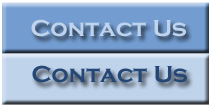 images, upload them to the SharePoint library of your choice.
For our example, we're going to pretend that our image is contactus.png.
Step 2 - Create The Necessary CSS Styles
Within your copy of Microsoft's original css file, create the following classes,
#contactUs
{
display: block;
width: 210px;
height: 106px;
background: url('https://PathToImageLocation/contactus.png') no-repeat 0 0;
}
#contactUs:hover
{
background-position: 0 -106px;
}
#contactUs span
{
display: none;
}
Change width and height to match your image width and height, as well as the location to the file itself.
Step 3 - Display The Button On The Appropriate Page
Add a Content Editor Web Part to the page where you would like to display the button. Make all applicable changes to the web part, such as giving it a meaningful name, removing the chrome, etc.
Select the Content Editor Web Part Click here to add new content link.
Locate the HTML icon within the Markup section of the ribbon, select it, and then select Edit HTML Source.
Type in or copy and paste the code below in the HTML Source web page dialog that displays:
<DIV align=center><A id=contactUs title="Contact Us" href=DestinationURLhere target=""></A></DIV>
Replace the id value above with the name of your own CSS, as well as the title applicable to your own situation. Don't forget to also replace the URL to point to the file, site, Web site, library, etc., applicable to your needs.
|
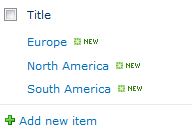
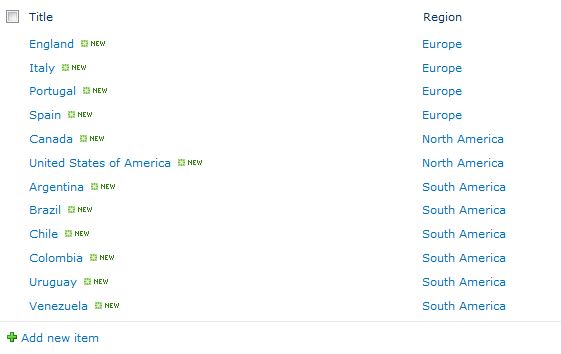

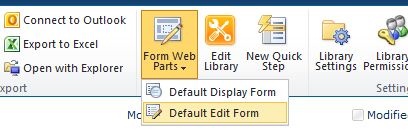
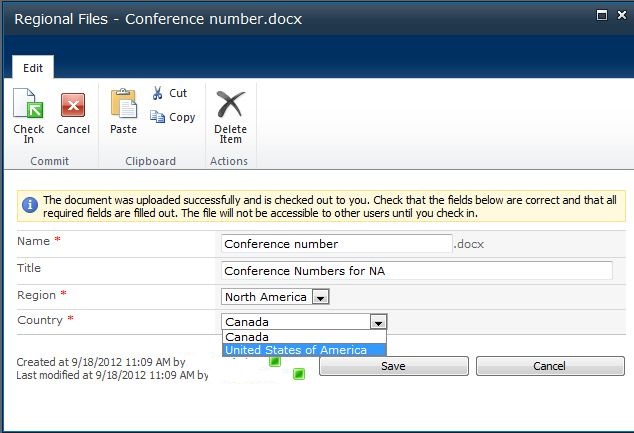
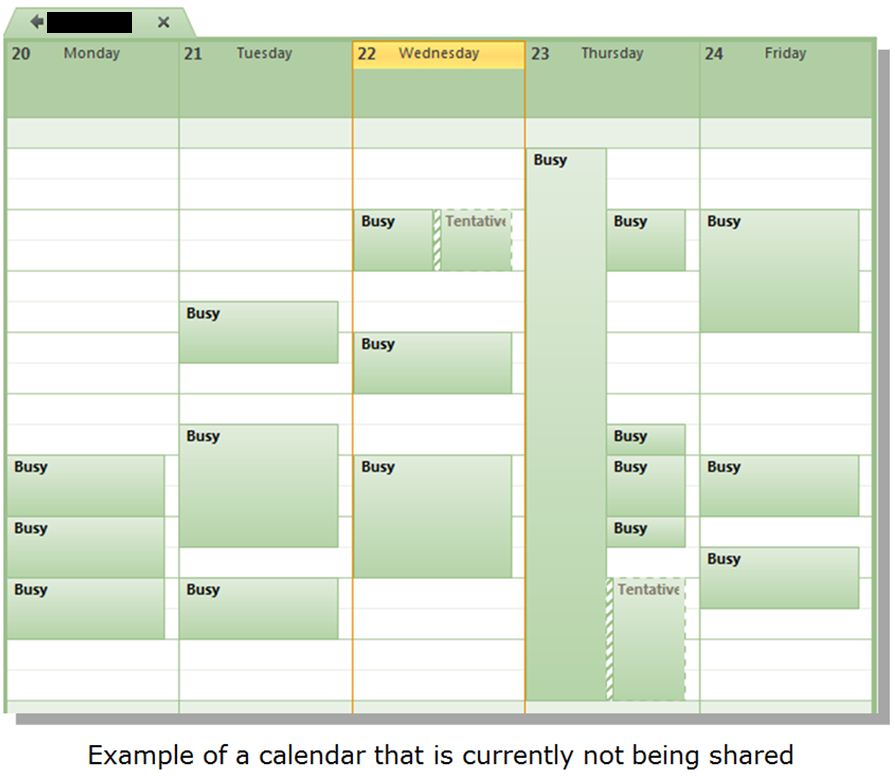
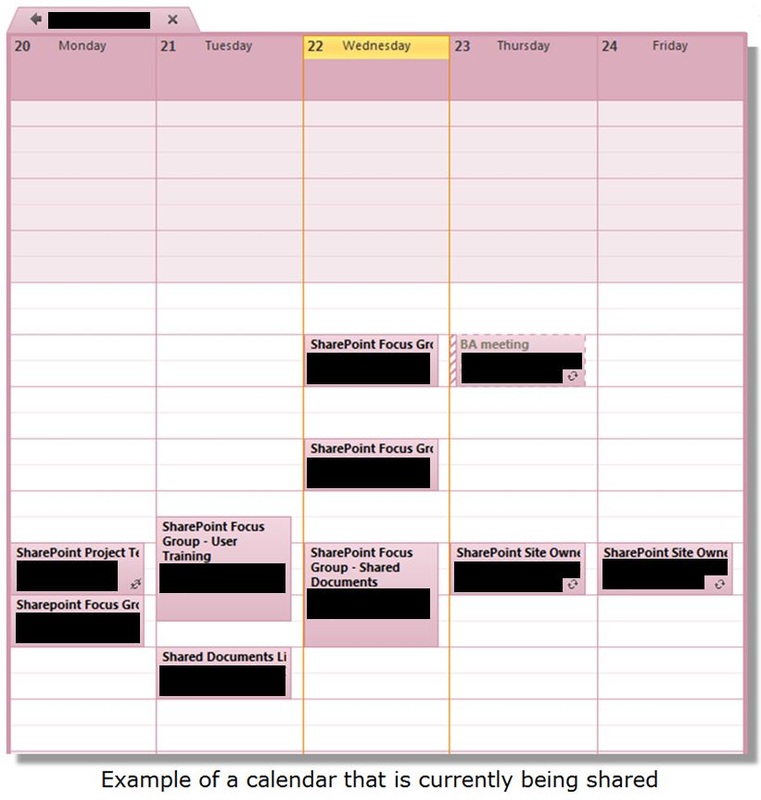
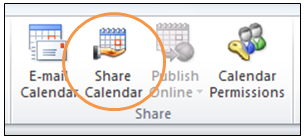
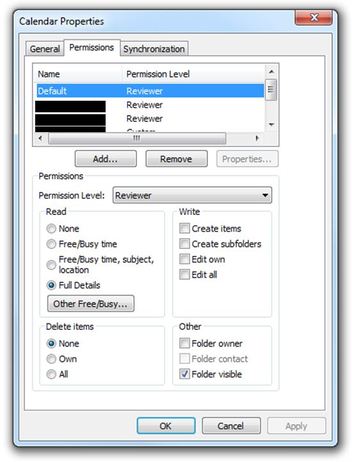
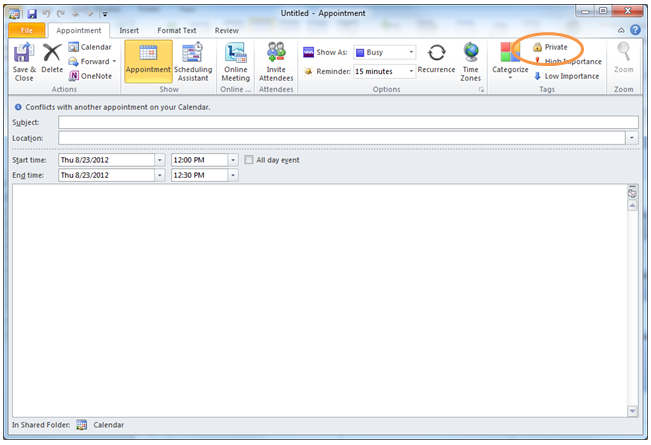
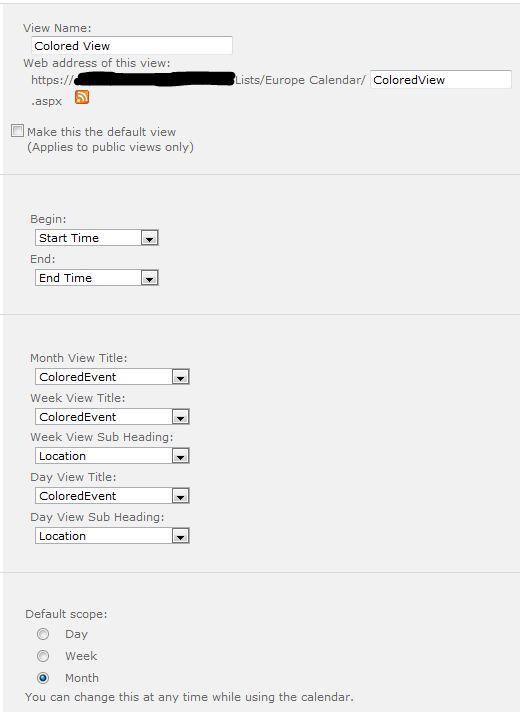


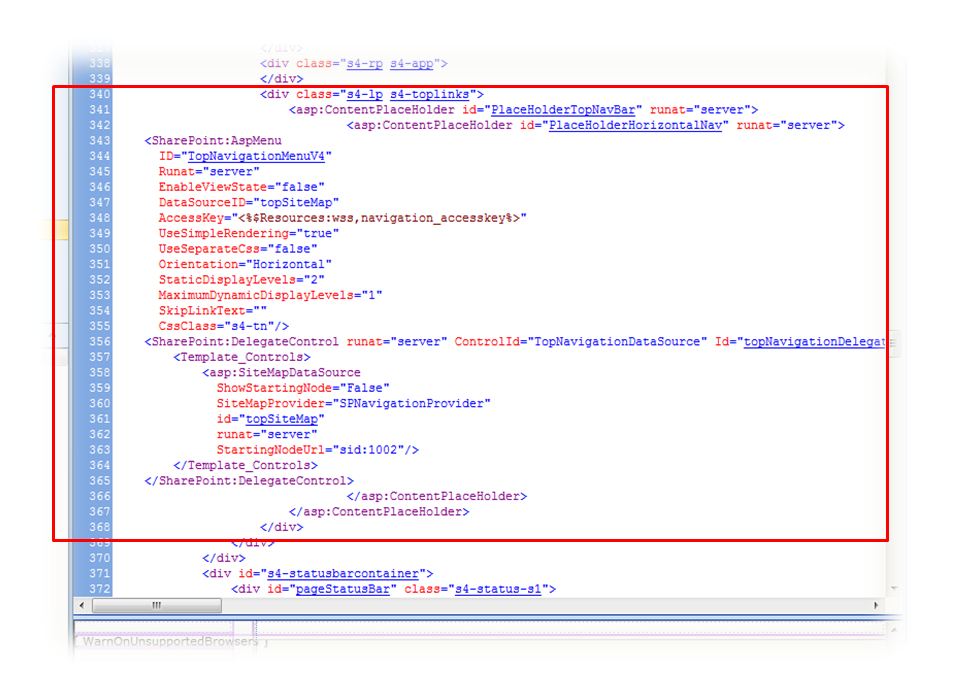
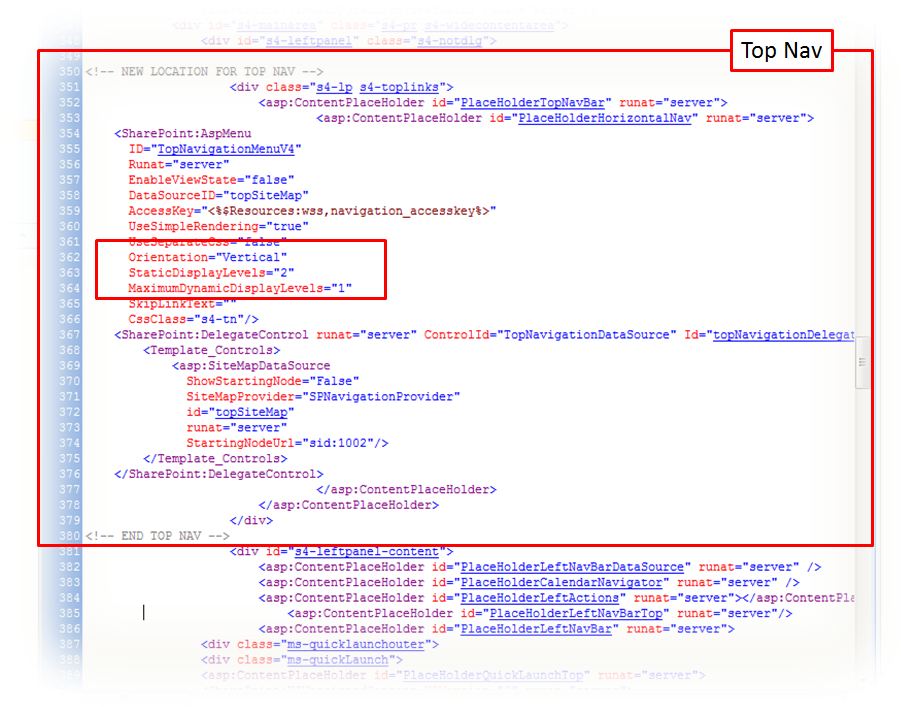

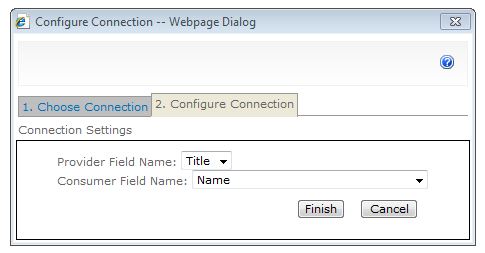
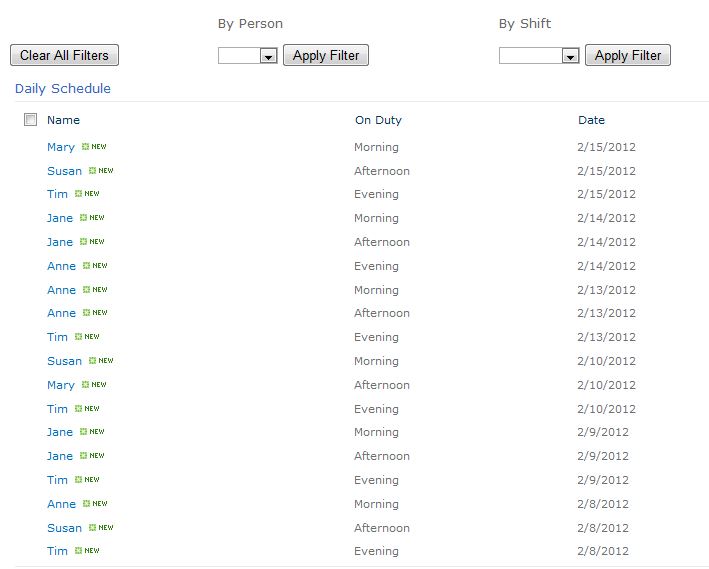
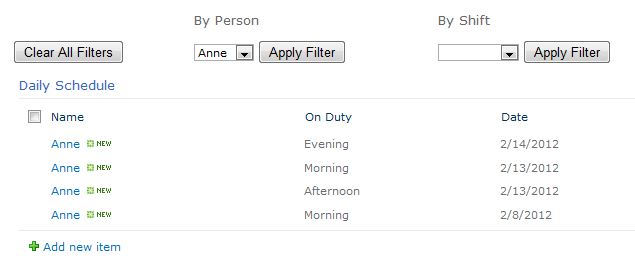
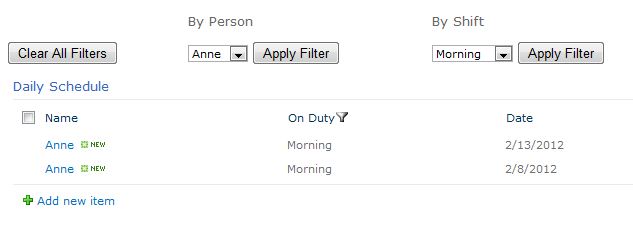
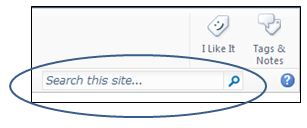



 RSS Feed
RSS Feed